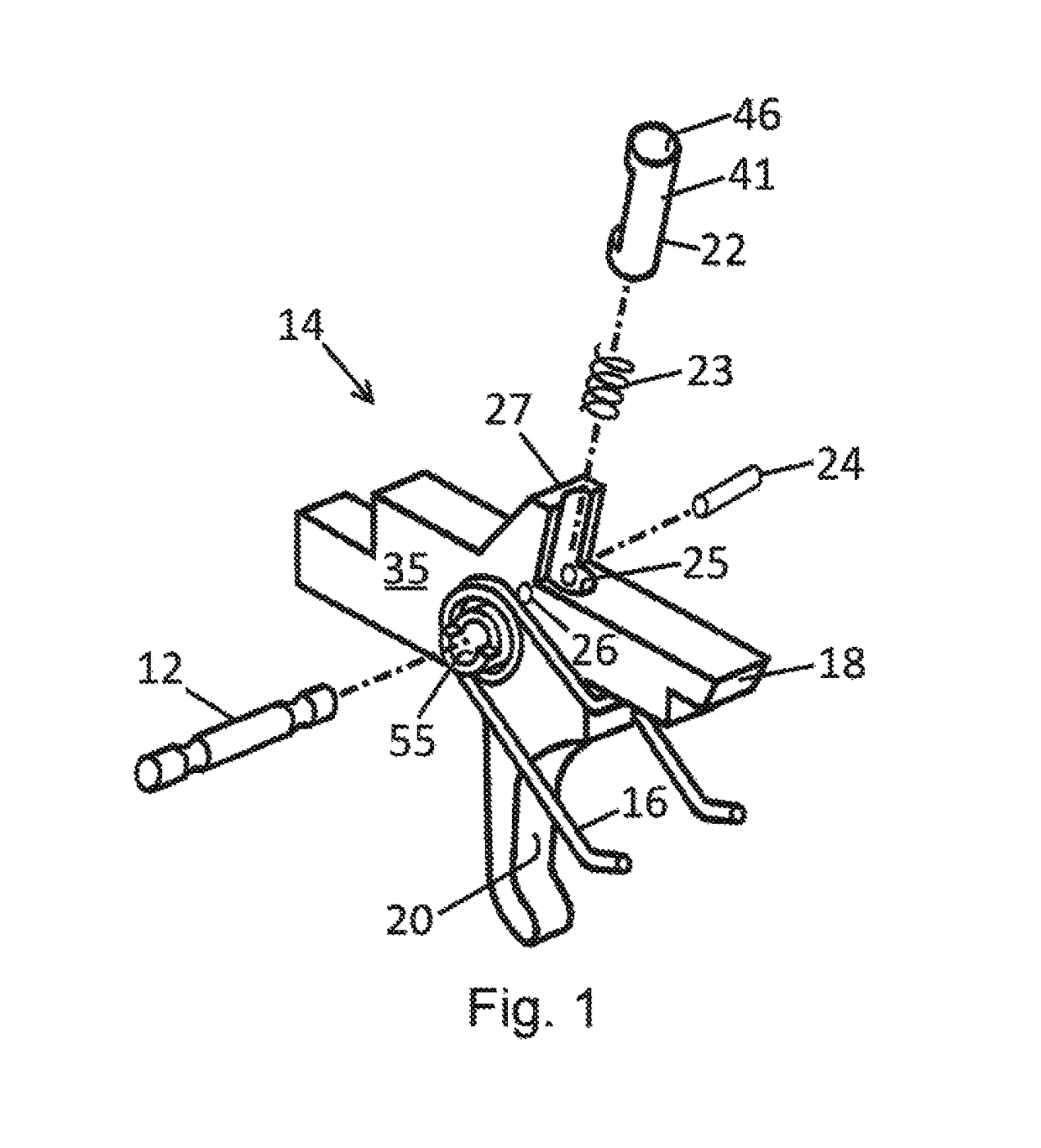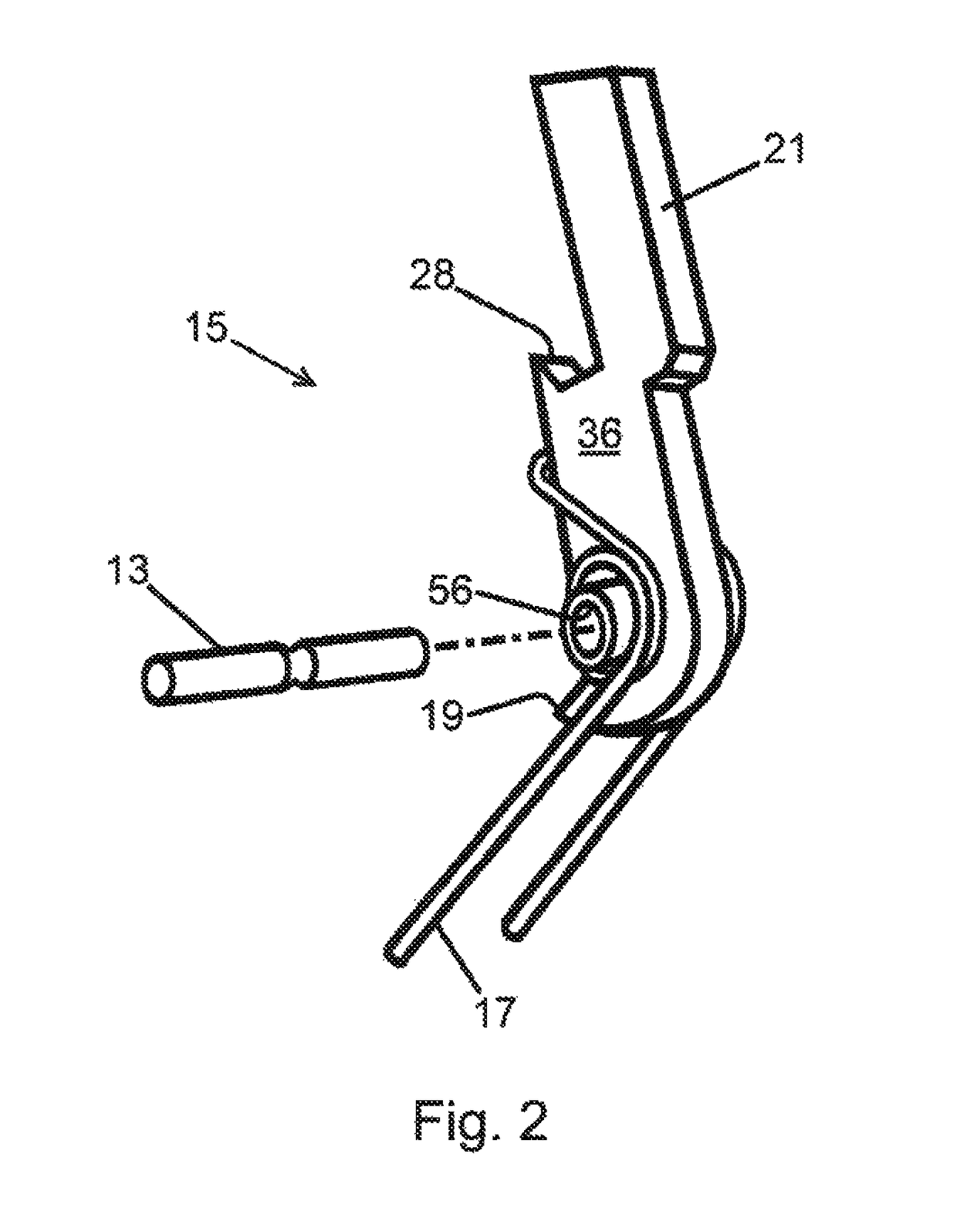Rapid reset fire control
a fire control and rapid technology, applied in the field of firearms, can solve the problems of significantly increasing the maximum potential rate of fire, reducing the time required for the user to prepare the firearm for subsequent firing, etc., and achieves the effects of increasing the burden on manufacturing, increasing the fire rate, and increasing the cos
- Summary
- Abstract
- Description
- Claims
- Application Information
AI Technical Summary
Benefits of technology
Problems solved by technology
Method used
Image
Examples
Embodiment Construction
[0254]The present invention may be embodied in other specific forms without departing from its structures, methods, or other essential characteristics as broadly described herein and claimed hereinafter. The described embodiments are to be considered in all respects only as illustrative, and not restrictive. The scope of the present invention is, therefore, indicated by the appended claims, rather than by the foregoing description. All changes that come within the meaning and range of equivalency of the claims are to be embraced within their scope. The present invention may be embodied in other specific forms without departing from its spirit or essential characteristics. All of the parts discussed herein may be made of metal, plastic or composites. In addition, the parts may be machined, cast, molded, extruded, stamped or forged. The described embodiments are to be considered in all respects only as illustrative and not restrictive. All changes and alternatives that would be known ...
PUM
 Login to View More
Login to View More Abstract
Description
Claims
Application Information
 Login to View More
Login to View More - R&D
- Intellectual Property
- Life Sciences
- Materials
- Tech Scout
- Unparalleled Data Quality
- Higher Quality Content
- 60% Fewer Hallucinations
Browse by: Latest US Patents, China's latest patents, Technical Efficacy Thesaurus, Application Domain, Technology Topic, Popular Technical Reports.
© 2025 PatSnap. All rights reserved.Legal|Privacy policy|Modern Slavery Act Transparency Statement|Sitemap|About US| Contact US: help@patsnap.com



